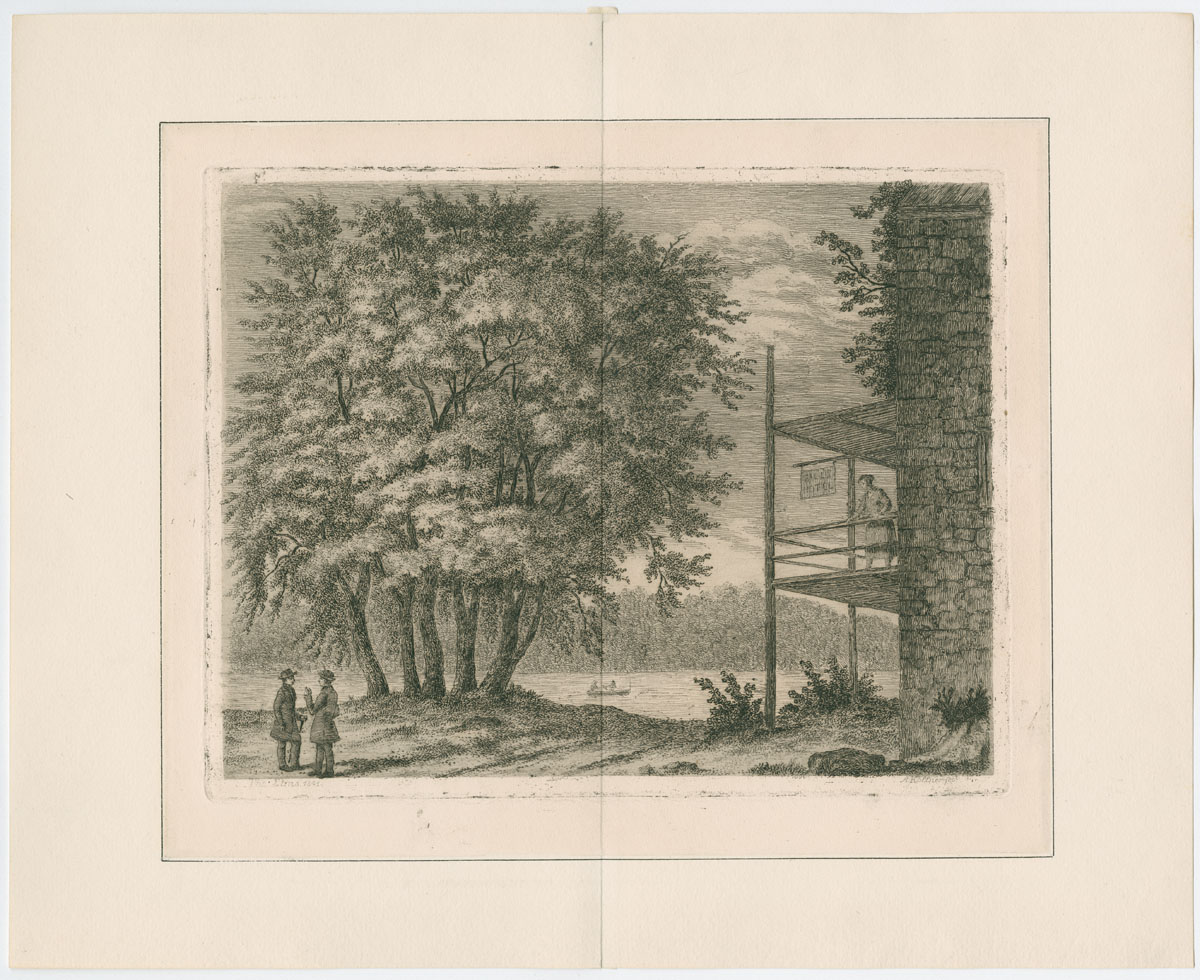Today we think of werewolves as a pretty common trope from
the Wolfman to Twilight. However, they
are just one species in the supernatural cannon. The Library Company holds a host of books
dealing with witchcraft, sorcery, spirits and ghosts, but surprisingly
werewolves are a scarce breed.
While cataloging older stack books, I came across a 1920
bibliography put out by the New York Public Library called
A List of Works Relating to Lycanthropy.
 |
New York Public Library. A List of Works Relating to Lycanthropy.
New York: New York Public Library, 1920. |
This seven-page pamphlet contains books in
English, French, German, and Latin ranging in date from 1590 to the early 1900s.
Compiler George F. Black did not subscribe to
the belief in werewolves, calling them “a terrible form of superstition,” which
“arose from instances of human savagery.”
While short, this bibliography holds a good number of entries and even
goes so far as to include information on what chapters and pages in each volume
a reader can find information on werewolves.
The earliest account, published in London in 1590, is
A Moste True Discourse, Declaringe the
Damnable Lyfe and Deathe of One Stube Peeter, a Highe Jermayne Borne, a
Sorcerer; Who, in the Likeness of a Wolfe, Committed Many Murders, 25 Years Together;
and for the Same was Executed in the Cuttue of Bedbur, Near Coleyn, the 31 of Marche,
1590. It is also one of the few (in
English at least) that seems to deal seriously with the idea of werewolves as
fact.
Another example is Beauvoys de
Chauvincourt’s
Discours de la Lycanthropie ou de la Transmutation des Hommes en Loups
from 1599.
However, as early as 1615,
texts like J. de Nynauld’s
De
Lycantrhopie, Transformation, et Extase des Sorciers were being published
which refuted the idea of werewolves as fact.
There are many texts listed in this bibliography from the 1800s that
explore the mythos and origins of werewolves in folklore.
 |
Peter James Begbie. Supernatural Illusions.
London: T.C. Newby, 1851. |
Intrigued by this find, I tried to locate other books in the
library’s collections on lycanthropy.
After searching the catalog and perusing the shelves, I finally stumbled
upon Major P. I. Begbie’s 1851 Supernatural
Illusions, a book on various creatures of the night including kelpies,
witches, will-o’-the-wisps, spirits, and werewolves. Like other authors writing on the occult
Begbie calls these superstitions “absurdities,” prefacing his book as a partial
translation of an earlier text by Dr. Jacob Bräuner.
Here is what I’ve learned from reading Begbie. Historically werewolves were considered
creatures “discarded from Satan’s livery stables.” The whys and hows of werewolves have changed
over time, going from a man throwing “his soul headlong into the carcase of a
wolf, leaving his own body, for the time being, inanimate on the ground” to
“false apparitions conjured up by the devil.”
Witches are apparently the natural enemies of werewolves and “cease not
to persecute them.” Begbie claims
werewolf lore comes from disgruntled wives accusing their husbands of
lycanthropy to be rid of them, and since wives are naturally witches, they must
be a gentleman-wolf’s greatest enemy! He
also brings up the concept that women can turn into cats, who then cause all
sorts of mischief for men.
Both Begbie and Black presented werewolf lore as a superstitious
subject to study, giving examples and accounts to look at, but dismissing them
as wild tales. I will admit to being
slightly disappointed that I did not find more “true” accounts of werewolf
attacks or how to spot them.
These were the only books in the library that I could find
easily that shed light on the myth or “reality” of werewolves. How many other lycanthropic books might be
lurking in the stacks, waiting to be discovered? Perhaps if we shed a bit of moonlight on
them, they might be easier to find!
Emma Ricciardi
Summer Reading Room Assistant









